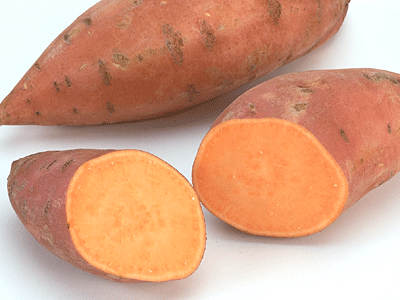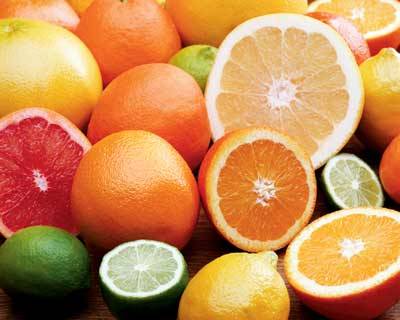
A new study published in The Lancet Diabetes & Endocrinology shows that how excessive calorie intake affects the weight of children. This will lead to improved weight loss for obese and overweight children.
A team of researchers by Dr Kevin Hall of National Institute of Diabetes and Digestive and Kidney Diseases, National Institutes of Health, Bethesda, USA, differentiate between the healthy weight gain that is normal in childhood, and the excessive weight gain that results in overweight and obesity. This model shows how children’s energy balance affects their weight gain.
The previous models underestimated overweight or obese children. The new model is based on the children’s metabolism, growth and energy expenditure and how they gain weight.
The new model also indicates that some children may be able to ‘outgrow’ obesity during periods of rapid growth, for example between the ages of 11 and 16, without changing their bodyweight. Obese boys who maintain the same bodyweight over this period will tend to normalize their body fat while continuing to grow taller and adding lean tissue mass. However, this effect is much less pronounced in girls, mainly because they lose less body fat than boys.
The researchers showed that their model provides the most accurate tool to predict the effect of calorie intake. With roughly a third of children in the UK and US thought to be overweight this model may provide clinicians with a understanding of how weight loss interventions such as calorie-controlled diets and physical activity programs.
According to Dr Hall, “One of the most disconcerting aspects of the global obesity epidemic is the high prevalence of childhood obesity, which carries both health and economic consequences.
“Though the model doesn’t apply perfectly to all children – for instance, those who start adolescence late, or who undergo particularly rapid weight gain – it provides an accurate representation of the average effect of reducing or increasing calorie intake on the weight of children.
“The accuracy of parents’ awareness of children’s portion sizes and reporting of children’s food intake is only moderate,” says Professor Maffeis, adding that, “Reduced awareness of food intake in obese or pre obese children and their parents is an important limiting factor in the modification of nutritional behavior. It will be necessary to increase families’ knowledge and awareness of energy content and composition of children’s’ diets by designing effective and sustainable educational programs about nutrition.”














